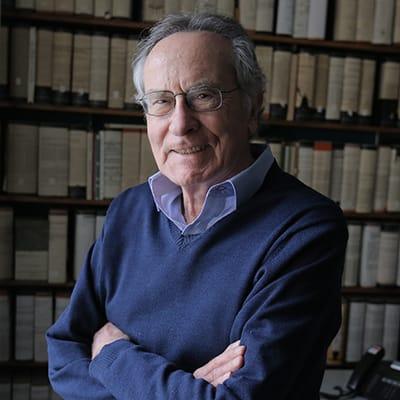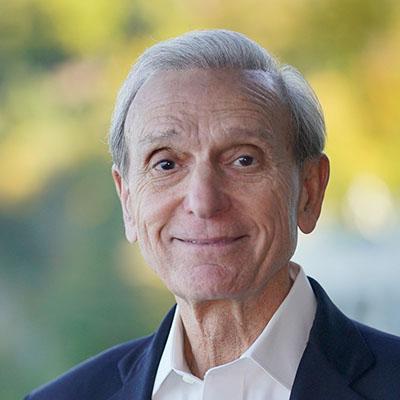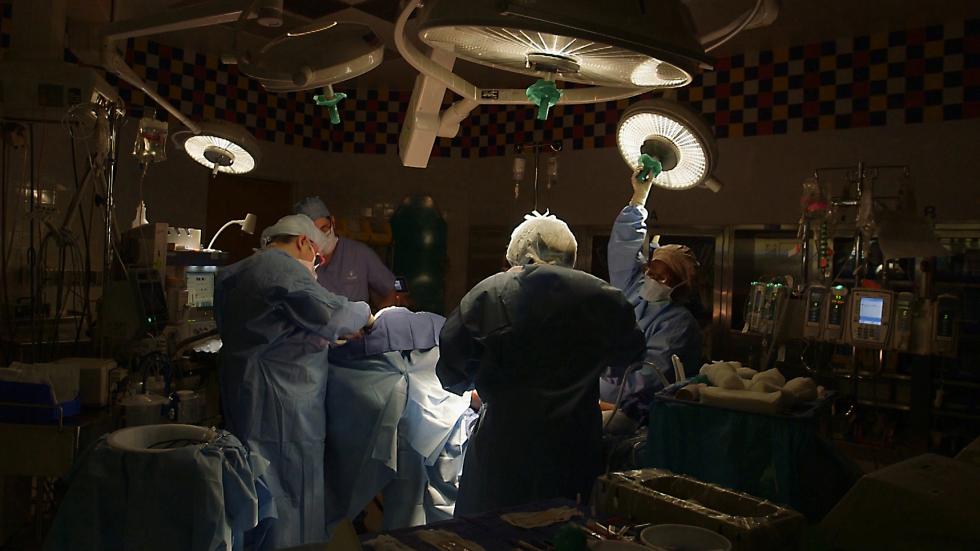2.787: Tissue Engineering and Regenerative Medicine
Class Information
Fall | Graduate | 12 Units | Prereq: (Biology (GIR), Chemistry (GIR), and Physics I (GIR)) or permission of instructor
Principles and practice of tissue engineering (TE) and organ regeneration (OR). Topics include factors that prevent the spontaneous regeneration of tissues/organs in the adult (following traumatic injury, surgical excision, disease, and aging), and molecular and cell-biological mechanisms that can be harnessed for induced regeneration. Presents the basic science of organ regeneration. Principles underlying strategies for employing select biomaterial scaffolds, exogenous cells, soluble regulators, and physical stimuli, for the formation of tissue <em>in vitro</em> (TE) and regeneration of tissues/organs <em>in vivo</em> (OR). Describes the methodologies for producing biomaterial scaffolds and for incorporating cells and regulatory molecules into workable devices. Examples of clinical successes and failures of regenerative devices are analyzed as case studies.
Course Website
Instructor Information


